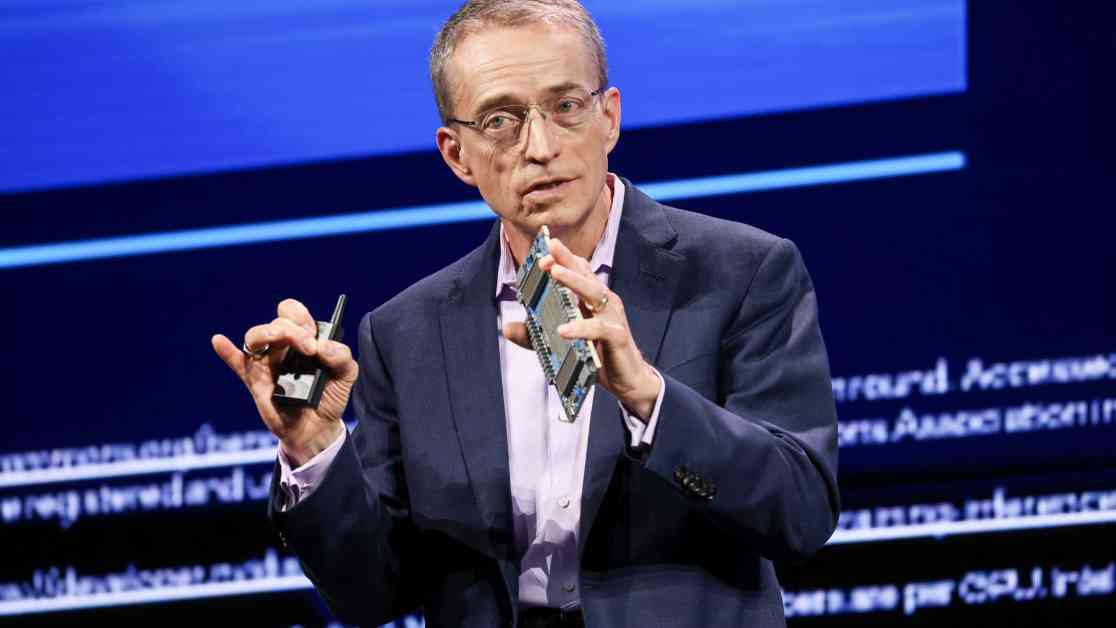Intel CEO Pat Gelsinger Steps Down
Intel CEO Pat Gelsinger, a prominent figure in the semiconductor industry, announced his retirement from the company effective December 1st. Gelsinger, known for his strategic vision and leadership, delivered the news amidst a backdrop of challenges facing Intel, once America’s leading semiconductor company.
A Tumultuous Tenure
Gelsinger’s tenure at Intel, spanning nearly four years, was marked by significant turbulence as the company grappled with declining stock prices and market share. Despite his efforts to stabilize the company and implement bold transformation initiatives, Intel’s struggles persisted, leading to his retirement announcement.
Intel Chief Financial Officer David Zinsner and Intel Products CEO MJ Holthaus have been appointed as interim co-CEOs, with longtime board member Frank Yeary assuming the role of interim executive chair. The leadership transition comes at a critical juncture for Intel as it navigates a rapidly evolving semiconductor landscape.
Challenges and Transformations
Gelsinger’s ambitious plans to revitalize Intel and position it as a formidable player in the chipmaking industry faced numerous obstacles. From significant investments in chip fabs to securing government funding and contracts, his efforts aimed to reposition Intel for success in a competitive market.
However, despite these initiatives, Intel continued to face scrutiny from investors and industry analysts, who questioned the company’s strategic direction and financial performance. The rise of competitors like Nvidia, coupled with internal challenges, contributed to Intel’s struggles under Gelsinger’s leadership.
A New Chapter
As Intel embarks on a new chapter with the search for Gelsinger’s successor, the company faces a pivotal moment in its history. The incoming CEO will inherit a company grappling with legacy issues and external pressures, requiring a strategic vision and decisive leadership to navigate the complexities of the semiconductor industry.
Gelsinger’s departure underscores the challenges facing Intel and raises questions about the company’s future trajectory. As stakeholders await further developments, the semiconductor industry watches closely to see how Intel will chart its course in the ever-changing technological landscape.
Let’s take a moment to appreciate the dedication and hard work that executives like Pat Gelsinger put into their roles, striving to lead their companies through turbulent times and uncertain futures. It’s a reminder that leadership comes with immense responsibilities and pressures, shaping not only the trajectory of a company but also the livelihoods of employees and the industry as a whole. As we reflect on Gelsinger’s legacy at Intel, let’s also consider the broader implications of leadership transitions in shaping the future of technology and innovation.
